Sports Illustrated's Achievement of the Year 2015: American Pharoah
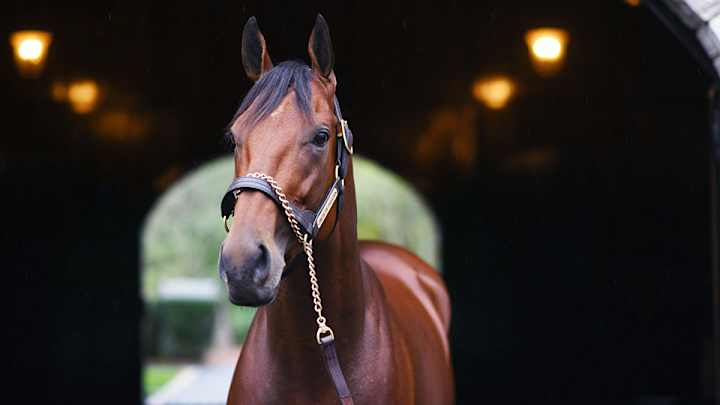
This story appears in the Dec. 21, 2015, issue of Sports Illustrated. To subscribe, click here.
*****
He was the hottest name in the nation. Fans thronged into the Uptown Theater in Pasadena to see The Life of Seabiscuit, a compilation of the horse’s newsreel footage. . . . The -stylish “Seabiscuit” ladies’ hat, with a fishnet veil, was all the rage in department stores on Manhattan’s Fifth Avenue. . . . All kinds of businesses from hotels to laundries to humor magazines were using the horse’s likeness in their ads. The horse even had his own parlor game, the first of at least nine.
—Laura Hillenbrand, Seabiscuit, describing the horse’s popularity in 1940
The Belmont Stakes, ultimately viewed by more than 50 million people during the live telecast and on countless news accounts of it that evening, had made Secretariat the most celebrated and popular racehorse of all time. He became a client of the William Morris Agency, joining all the other sex symbols of the era.
—William Nack, Secretariat, describing the horse’s popularity in 1973
*****
They had become ghosts and nothing more, just names in books and Internet searches, blurry figures in black-and-white photos, barely connected to contemporary reality and losing context by the year. It is a vital part of American sports that the present is tethered to the past: Tom Brady makes us better recall Joe Montana, and Steph Curry helps keep alive the memory of the young Michael Jordan. There was a time—a long time, and a long time ago—when racehorses touched America’s soul, but that time was fading, fading, fading, until all that remained were stories spun by people who had grown old retelling them. For mainstream fans, racing was becoming a sport with only a past.
So it was in 2015 that American Pharoah not only became horse racing’s first Triple Crown winner in 37 years but also, at long last, reminded the country that a great thoroughbred in full flight can be among the most transcendent sights in all of sports. At a time when cynicism reigns across the digital sports world, daring fans to earnestly embrace a moment so that they can be slapped down for the naiveté of their joy, one bay-colored colt with a sawed-off tail, fluffy plugs in his ears and a running action gifted by the gods, seized America’s heart on the first Saturday in May and held it tight until Halloween. At last, multiple generations came to understand why racehorses had once been among the most revered athletes on earth.
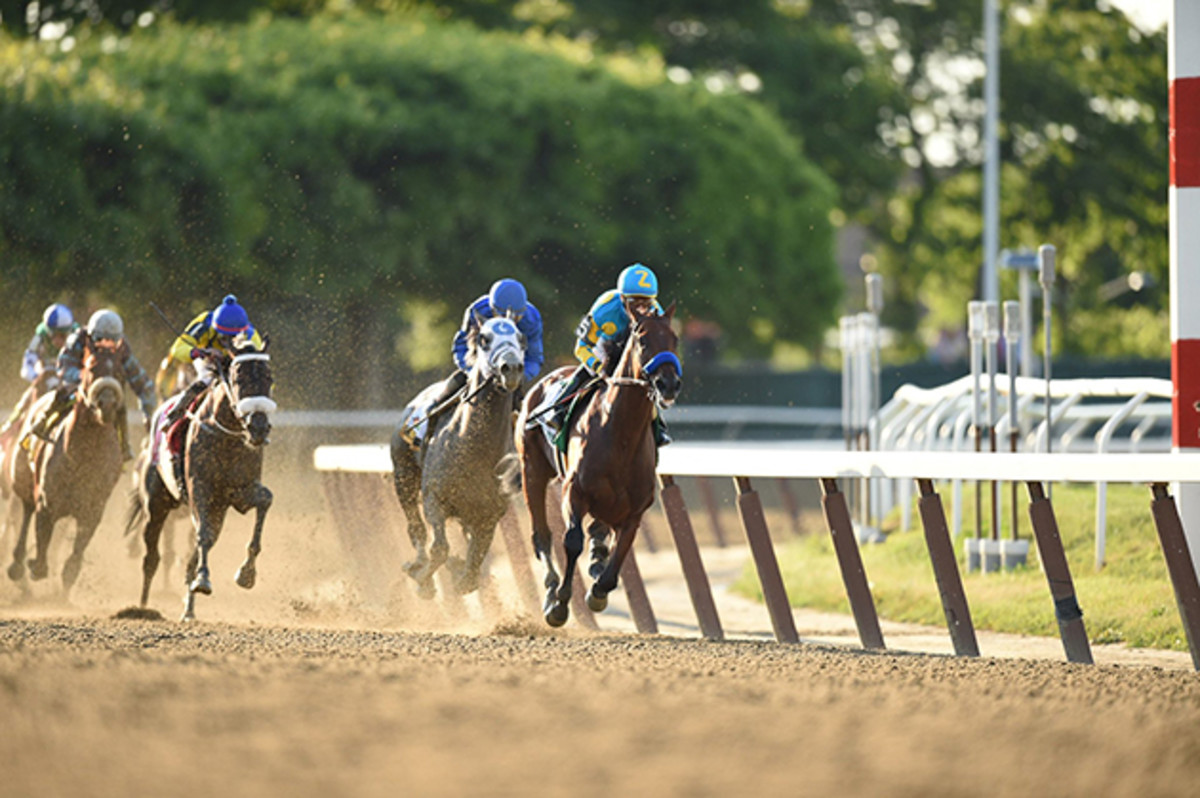
So much of American Pharoah’s story is familiar now and has deservedly become part of equine legend. There was his first public workout, at a training farm in Florida in March 2014, when he accelerated so quickly that he nearly tossed his female exercise rider off his back and then sprinted down the homestretch so fast that the silence on the video was broken only by a lone voice saying, “Holy s---.” There was his first race, at Del Mar five months later, when Pharoah, the even-money favorite, was spooked by the noise, the heat, the crowd and the opposition and finished fifth. There were the fuzzy, tennis-ball-sized earplugs that were pushed into Pharoah’s ears before his second race (a victory) and that he wore in every race for the rest of his career.
And there were his triumphs, especially his gutty victory in the Kentucky Derby, in which he wore down Firing Line (who ran the race of his life) in the stretch despite the fact that Pharoah’s jockey, Victor Espinoza, said his horse was “empty” with three quarters of a mile to go. Two weeks later there was Pharoah’s romp in the slop at the Preakness, and three weeks after that, his historic wire-to-wire Belmont Stakes win which secured the first Triple Crown since Affirmed’s in 1978 and shook old Belmont Park with a primal roar that lasted long after the race was over. And nearly five months after that, there was the final coronation in the Breeders’ Cup Classic. There were frills too: Espinoza appeared on Dancing with the Stars late last summer, and on Sept. 26, trainer Bob Baffert was the celebrity college football picker on ESPN’s CollegeGameDay.
And for me, there was American Pharoah’s steady, exhilarating march toward history, a journey documented by six months of text messages exchanged with Baffert. Our correspondence covered the horse’s ascension, the trainer’s hopes (and fears) and my own battle with neutrality in the face of greatness.
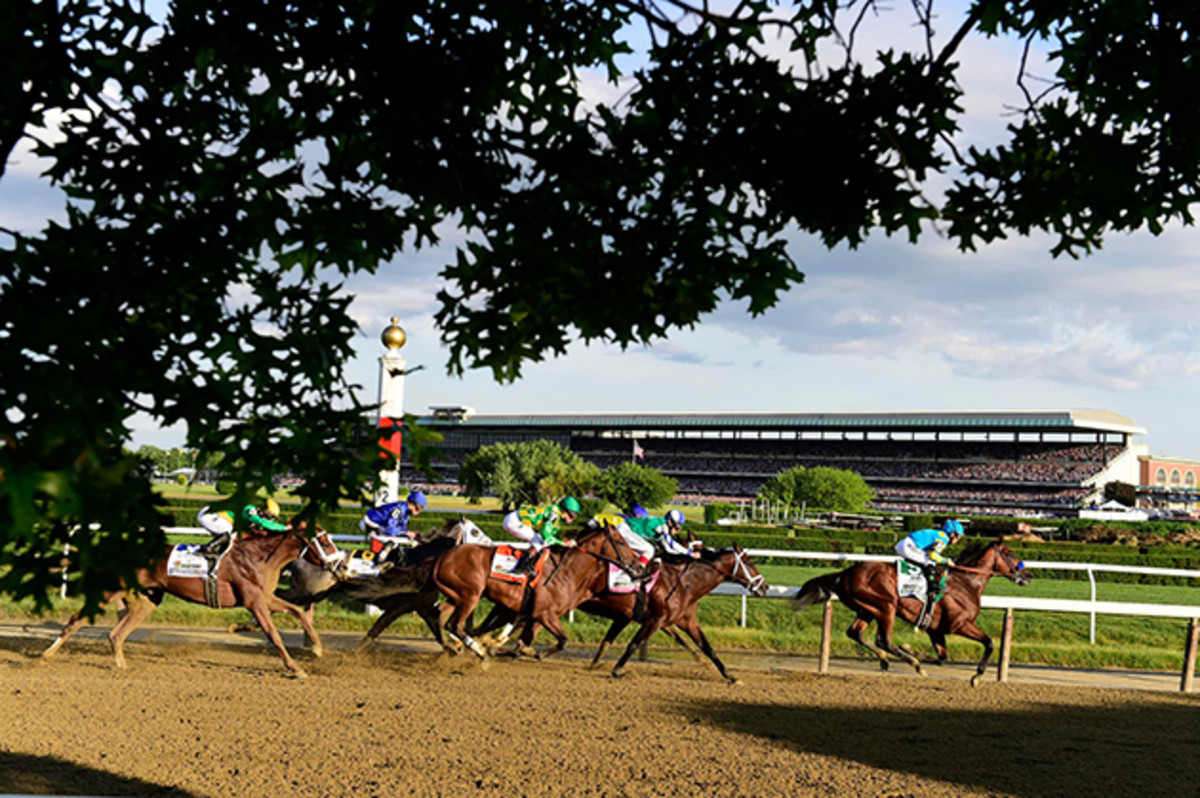
March 27
Layden: Are you in Santa Anita next week for interview?
Baffert: Yes, sir. I have two heavyweights in the barn. Dortmund could be any kind of good if he gets tested. Pharoah, I don’t know how good he is. Scary good. Different area code.
April 9
Layden: What happened to California Chrome last year [in the Triple Crown]?
Baffert: Horse got tired. They needed to adjust his training a little. I’ve made that mistake myself, lots of times.
Layden: Maybe you’ll get the chance to do it right this time.
Baffert: I’m ready if I get the chance.
May 3 (one day after the Derby, Baffert sent me a YouTube video of his then 11-year-old son, Bode, celebrating the Derby win)
Baffert: This is what made yesterday so special.
Baffert: I was thinking of him for the last 100 yards. Thinking of my parents [Bill Baffert Sr., who died in 2012, and Ellie, who died one year earlier], too.
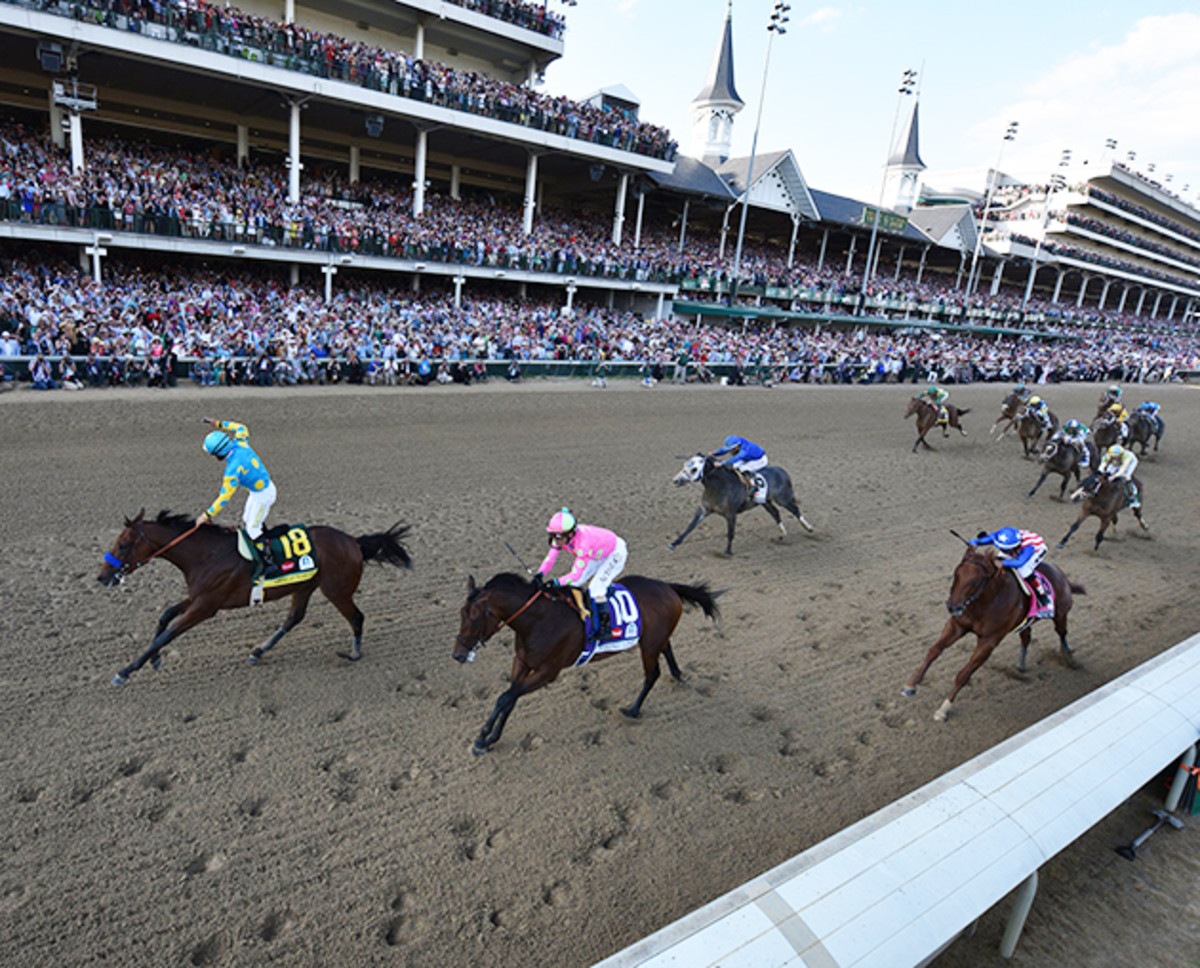
May 25 (when Baffert, preparing Pharoah for the Belmont, introduced me to the Spanish word chingón, which is Mexican slang for someone who is awesome; earlier he had told me that the young, difficult Pharoah had been called pendejo around the barn—Spanish slang for, among other things, idiot)
Baffert: Super chingón. F------ awesome.
Layden: From pendejo to chingón.
Baffert: That’s right.
June 1 (five days before the Belmont)
Layden: Well, that work was so good that two more horses just pulled out of the Belmont.
Baffert: I’m holding my nuts.
June 8 (two days after the Belmont)
Baffert: I will never forget the crowd noise.
July 24 (nine days before Pharoah’s return in the Haskell Invitational at Monmouth Park, N.J., and after a succession of strong workouts)
Layden: Horse never gets tired.
Baffert: Never. He looks incredible. Not an ounce of fat on him. Total stud.
Nov. 2 (two days after the Breeders’ Cup Classic, American Pharoah’s last race)
Baffert: I feel like I just won the Final Four and all my players graduated. I am never going to have another horse like this one.
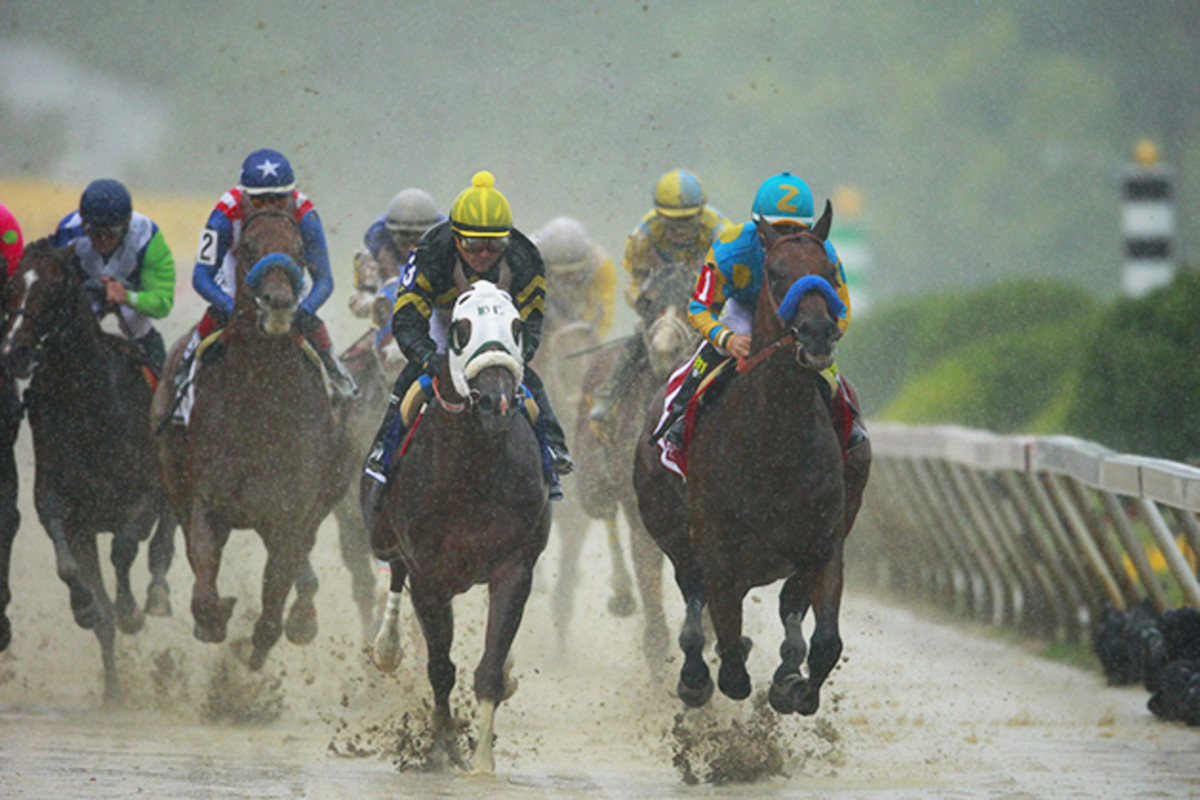
American Pharoah made an ancient sport modern and made old names relevant again. In the spring of 2015, racing was a niche sport surviving on the passion of a vertical audience and a few afternoons of appointment television that produced deceptively high ratings. There had been many fine racehorses since the great Triple Crown champions of the 1970s, but the cultural landscape of the U.S. has shifted so much that only a truly great horse could bridge (even temporarily) the gap between that niche and the masses.
There was a familiar rhythm to the racing season for 3-year-olds, which always seems to bring the sport to the brink of public adoption before falling short. Some horse would win the Kentucky Derby, and with that horse would come a story. The story would make us weep, and then we would weep some more when the horse won the Preakness, setting up a run at ending the long Triple Crown drought in the Belmont Stakes. But as the years passed and -horses failed to complete the sweep (13 times since 1978), the public began to view the entire exercise with cynicism. Within the sport there were calls to revamp the Triple Crown because it had become too difficult for today’s pampered thoroughbreds, who are bred for speed and short careers. As a racing journalist I refused to embrace the possibility of history being made until, indeed, history was made. (And there were plenty of great stories to tell—just not the one story everybody wanted to read.)
American Pharoah a runaway choice in readers’ Sportsman of the Year poll
Everything changed in the early evening of June 6 at Belmont Park. I watched from the box seats in a second-floor overhang near Baffert and owner Ahmed Zayat as American Pharoah controlled every step of the 11⁄2-mile race and pulled away at the end for an easy 51⁄2-length victory. The noise that Baffert said he would never forget: It was like the clamor at a college football stadium on a Saturday night. And like that, the drought was ended.
But it was not that moment that I will remember most. It is the moments that followed, both immediately and long after the finish. For many minutes 90,000 fans stayed put, first cheering and then simply standing, refusing to let go, knowing that whatever lay outside the gates of Belmont Park would not be as satisfying as clinging to what had taken place inside.
Fifty-seven days later American Pharoah ran in the Haskell on the New Jersey shore. Fans crowded 10 deep around the saddling paddock for a glimpse of the great horse and then matched the Belmont’s roar when he won by 21⁄4 lengths, jogging under the wire. “I never asked him to run,” Espinoza told me afterward.
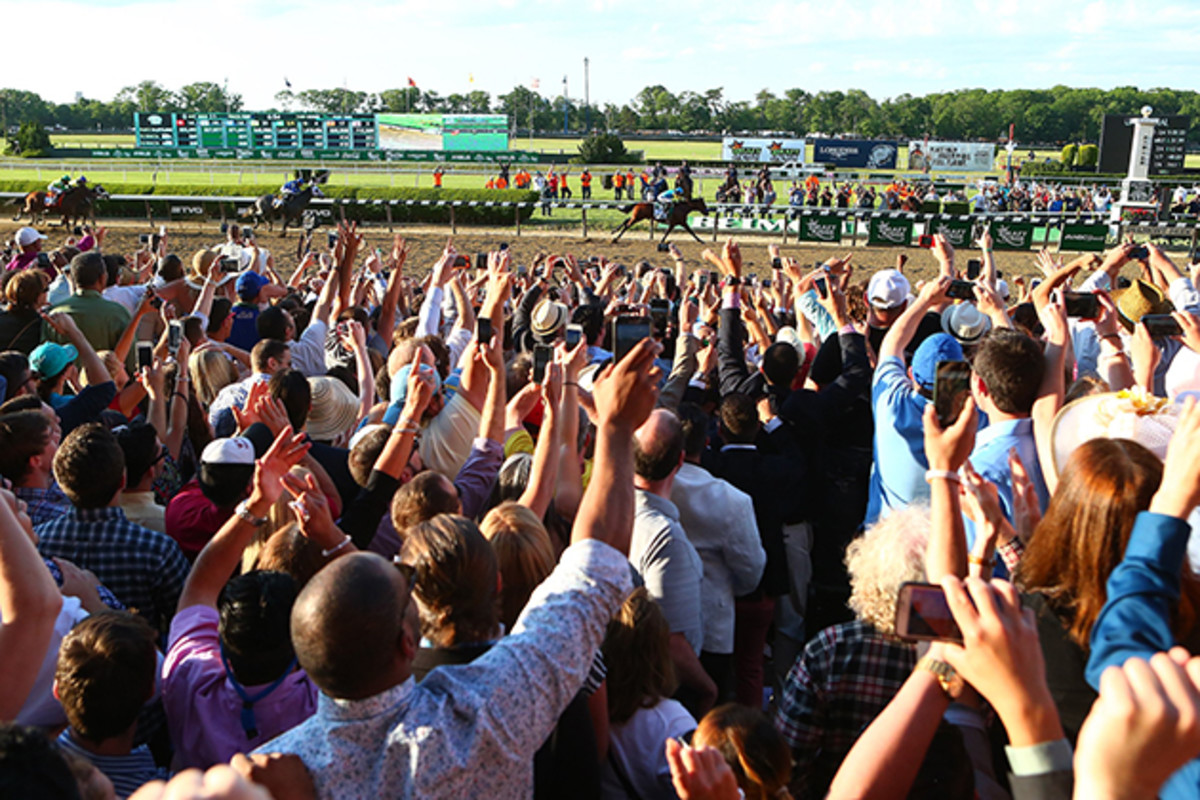
Four weeks later, in the Travers at venerable Saratoga, Pharoah was worn down early in a speed duel with Frosted (ridden by a substitute jockey on a suicide mission) and then beaten under the wire by late-running Keen Ice. The day before, as American Pharoah took a light gallop, about 15,000 fans had come out to see him in the flesh. Why so many? Our culture loves celebrity. Perhaps it was that simple. Or perhaps we had also come to appreciate the purity of a horse’s gift, of his ability to reach deep into his aerobic reserves time and again—simply because we ask him. He excels without complication.
American Pharoah’s career ended on a blustery Halloween afternoon at Keeneland Race Course in Lexington, Ky., just a few miles from where he now stands at stud. On that day he made a $5 million race look routine, galloping older horses off their feet and winning easily.
Victor Espinoza: American Pharoah deserves Sportsman of the Year
It was the perfect ending. I stood on the racetrack when it was over and watched as stone-faced groom Eduardo Luna and giddy exercise rider Jorge Alvarez walked Pharoah the length of the Keeneland grandstand. There was a blanket over his back. A cold wind rolled across the Bluegrass, whipping up little dirt devils on the track. At the end of the grandstand Pharoah turned right toward his barn, and then he was gone from racing forever.
There is one more story to tell. In midsummer I visited Baffert in California. He walked me down to American Pharoah’s stall, gave me a handful of carrots and then left to do some work in his tack room. The horse ate one carrot from my left hand and then nuzzled my jacket in search of more. I patted the side of his neck and watched as narrow bands of sunlight illuminated the muscles around his rib cage. Nearby a worker raked stray pieces of straw into a small pile.
Another carrot, another nuzzle. The noise at Belmont and now the quiet of a summer morning. All those victories, and now just stillness. Pharoah pushed his head out of his stall and farther into the shedrow and measured me with one unblinking eye. It is humbling to be close to a greatness that can’t be expressed in words, only with actions. Just a horse, but so much more. A horse from the heavens. A story for the ages. History at last made.
